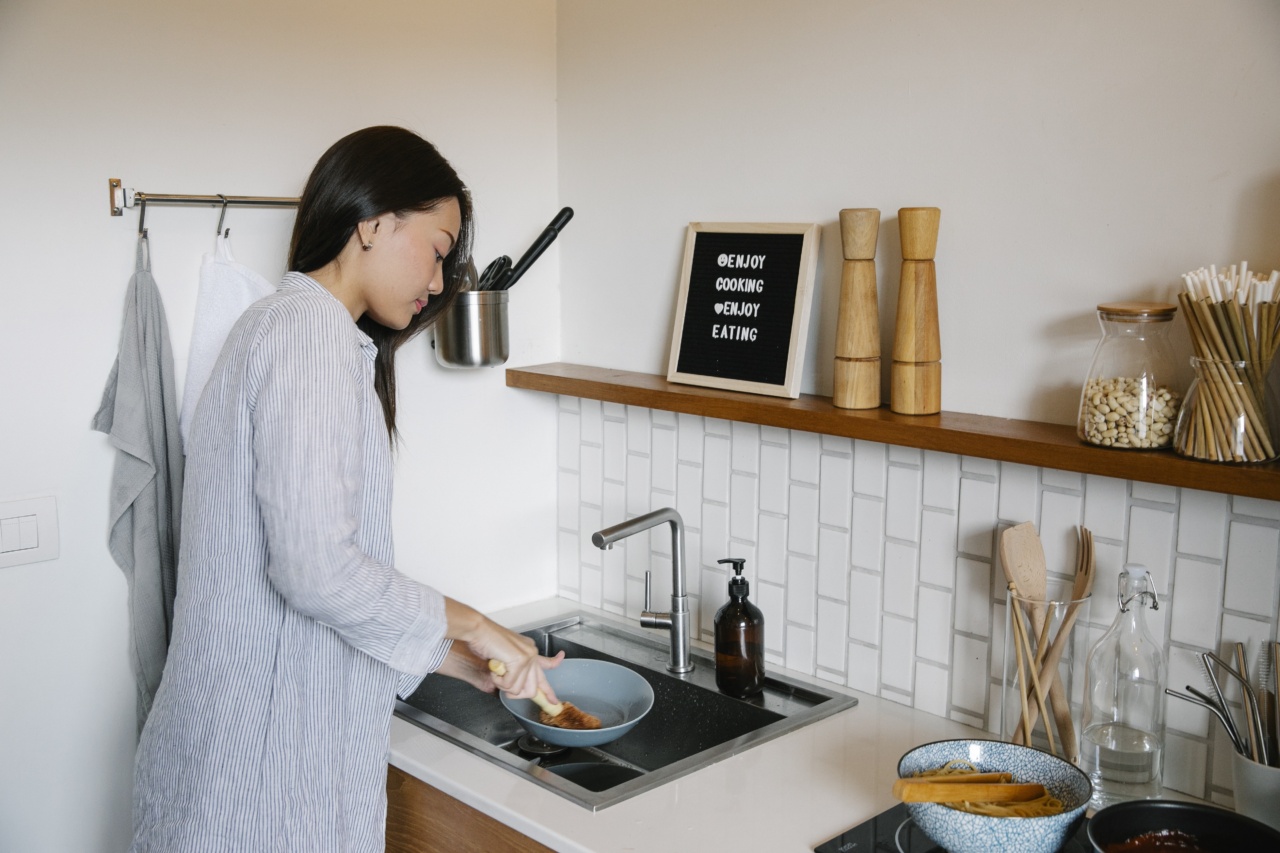Have you ever heard of the dish “calf in the hull”? It is a traditional dish from the north of England that dates back to the 18th century, and it consists of a whole calf cooked in a wooden box with hay, herbs, and spices.
The box is called a “hull” and it is designed to help tenderize and flavor the meat as it slowly cooks over several hours.
History of Calf in the Hull
The origins of calf in the hull can be traced back to the agricultural practices of the north of England in the 18th century. Farmers would often have surplus calves that were not fit for sale or breeding, and they had to find ways to use them.
One common method was to slaughter the calves and use them for food, but the meat was often tough and unappetizing.
In order to make the meat more palatable, the farmers came up with the idea of cooking the calf in a wooden box filled with hay, herbs, and spices.
The box was then placed in a slow oven for several hours, allowing the heat and moisture to cook the meat while infusing it with flavor.
Over time, calf in the hull became a popular dish in the north of England, especially among the working-class communities.
It was a hearty and flavorful dish that could feed a large family, and it was often served at special occasions such as weddings and holidays.
How to Make Calf in the Hull
While calf in the hull may sound daunting to make, it is actually a fairly simple process. Here’s a basic recipe:.
: Ingredients
- 1 whole calf, cleaned and dressed
- 1 wooden box (hull)
- Hay
- Fresh herbs (rosemary, thyme, sage)
- Spices (salt, pepper, paprika)
: Instructions
- Preheat the oven to 350°F.
- Place a layer of hay at the bottom of the wooden box.
- Add a layer of fresh herbs and spices.
- Place the whole calf on top of the herbs and spices.
- Fill the rest of the box with hay, herbs, and spices, ensuring that the calf is completely covered.
- Close the lid of the box and tie it securely with twine.
- Place the box in the oven and cook for 6-8 hours, or until the meat is tender and cooked through.
- Remove the box from the oven and allow it to cool for 30 minutes.
- Open the box and remove the calf.
- Carve the meat and serve it with your favorite sides.
Is Calf in the Hull Still Popular Today?
While calf in the hull is not as popular as it once was, it still has a strong following in the north of England. Many traditional pubs and restaurants still serve the dish, and it is often featured in local food festivals and events.
However, calf in the hull has also undergone some modern adaptations. Some chefs have experimented with different flavors and ingredients, using things like beer, cider, and even whiskey to infuse the meat with flavor.
Others have added vegetables and other side dishes to the dish, creating a more well-rounded meal.
Should You Try Calf in the Hull?
If you’re interested in trying new and adventurous dishes, calf in the hull is definitely worth a try. While it may not be for everyone, it’s a unique and flavorful experience that can be truly memorable.
However, it’s important to note that calf in the hull is a labor-intensive dish that requires special equipment and a lot of preparation. It’s not something you can make on a whim, so be prepared to invest some time and effort into the process.
Conclusion
Calf in the hull may be an unusual and unique dish, but it’s also a testament to the ingenuity of traditional northern English cooking.
While it may not be a common dish today, it’s a reminder of the history and culture of this region and the resilience of its people.































